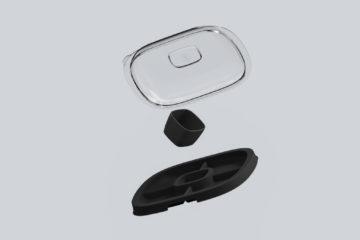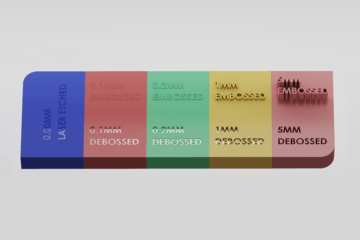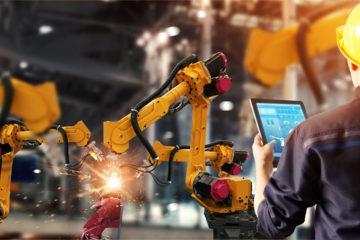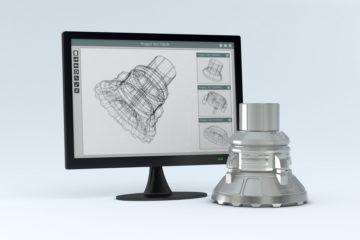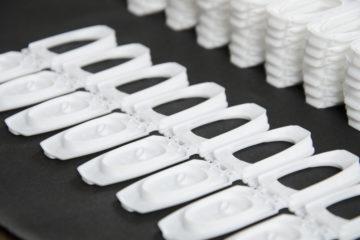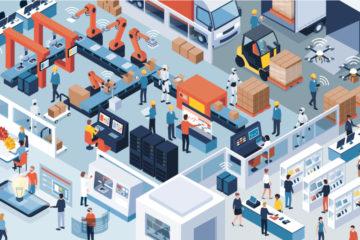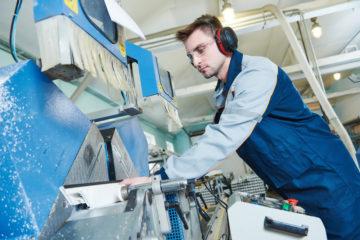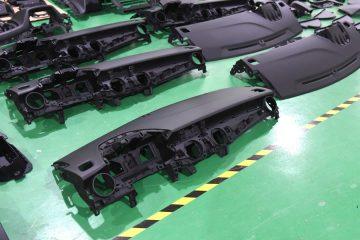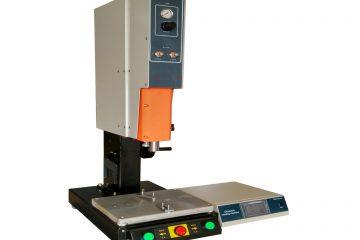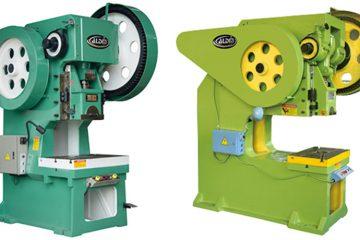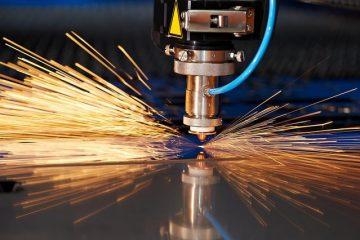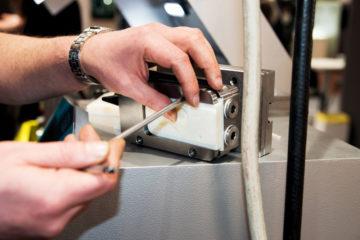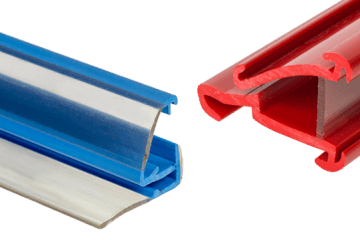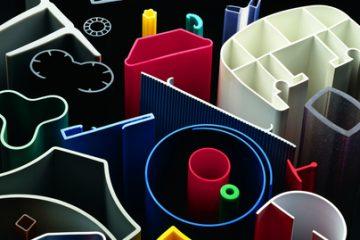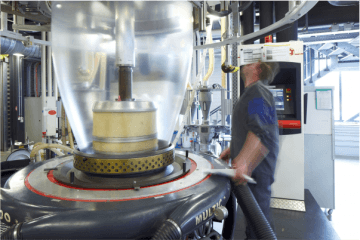
In today’s rapidly evolving world of product manufacturing and design, innovation is the key to staying competitive and meeting the ever-changing demands of consumers. Modern techniques have revolutionised the industry, allowing for more efficient and sustainable production while pushing the boundaries of product design and industrial engineering. In this blog, we’ll explore five innovative product manufacturing techniques that are reshaping the way we create and produce goods.
1. Additive Manufacturing (3D Printing)
Additive manufacturing, commonly known as 3D printing, is one of the most groundbreaking advancements in product manufacturing and design. This technique allows for the creation of complex, customised, and intricate products by layering materials such as plastic, metal, or even food ingredients. 3D printing drastically reduces material waste, lowers production costs, and accelerates the product development cycle. With applications in manufacturing, construction, and the medical industry, 3D printing is truly a major manufacturing method of the future and it’s used more and more each day. Industrial designers are leveraging 3D printing to prototype and produce everything from medical implants to aerospace components with unprecedented precision and speed. Another exciting opportunity it offers is the ability to customise a product for each customer’s specific needs and wants – whether it be sizing, special components, or colour/finish.
Given the considerable printing time (some parts can take over a day to print!), 3D printing is currently most suited to low and mid-volume manufacturing even with printing farms where hundreds of printers are printing simultaneously.
2. Advanced Materials and Composites
The development of advanced materials and composites has ushered in a new era of lightweight, durable, and high-performance products. These innovative materials combine the best properties of various substances, resulting in products that are stronger, more resistant to wear and tear, and more efficient. Industrial designers are experimenting with composites like carbon fibre, graphene, and advanced polymers to create products that were once thought to be impossible. Some materials have embedded sensors, circuits, and barcodes in them, allowing for logistics optimisation and low-component products. From ultra-lightweight bicycles to super-strong aerospace components and smart clothing, advanced materials are driving innovation across industries.
3. Sustainable Manufacturing Practices
As environmental consciousness grows, so does the importance of sustainable manufacturing techniques. Companies are adopting eco-friendly practices that reduce waste, minimise energy consumption, and lower their carbon footprint. This includes the use of renewable energy sources, efficient recycling programs, and the adoption of closed-loop manufacturing systems. Exciting advances include renewably-sourced bio-plastics, 3D-printed mono-material products, and a market demand for products made from recycled materials. Sustainable manufacturing not only benefits the environment but also enhances a company’s reputation and appeals to environmentally conscious consumers.
4. Artificial Intelligence and Robotics
Artificial intelligence (AI) and robotics have significantly improved efficiency and precision in product manufacturing. AI-powered algorithms can optimise production schedules, quality control, and predictive maintenance which reduces downtime and enhancing overall productivity. Robots can handle repetitive and labour-intensive tasks, allowing human workers to focus on more creative and complex aspects of manufacturing and product design. The integration of AI and robotics is reshaping the manufacturing landscape and increasing the speed at which products are brought to market.
5. Generative Design
Generative design is a cutting-edge technique that leverages algorithms to create optimal product designs based on specific parameters and constraints. This process takes into account factors such as material properties, manufacturing processes, and performance requirements to generate innovative design solutions that humans might not have conceived by digitally trialling thousands or hundreds of thousands of possible solutions to optimise the design. Generative design is great for optimising technical aspects of the design, optimising for weight, strength, or geometric requirements. Collaboration between industrial designers and AI systems is highly promising, where designers can explore and refine countless design possibilities whilst maintaining the human touch and intuition that is essential for a design to be suitable and for people.
Summing Up
Innovation is at the heart of modern product manufacturing and design. These five innovative techniques are pushing the boundaries of what’s possible in the industry. As technology continues to advance, we can expect even more groundbreaking techniques to emerge, further revolutionising the way we create and produce products.

Subscribe to Our Newsletter
Get the latest news from Dienamics into your inbox







